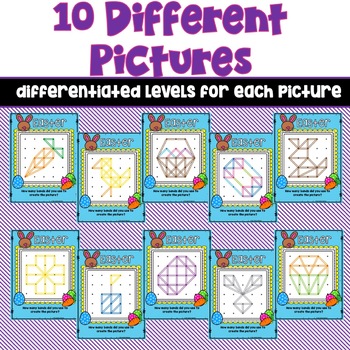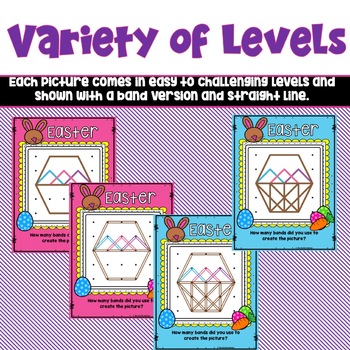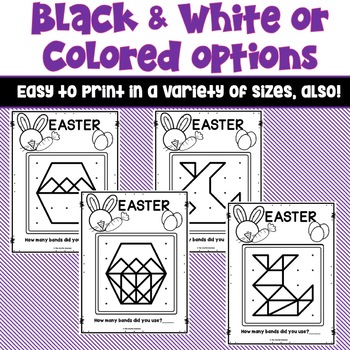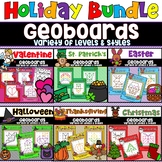Easter Geoboard Task Cards
- PDF
What educators are saying
Also included in
- Geoboard Task Cards This is a huge set of geoboard task cards (over 58 different pictures with a variety of levels and printing options) that include the themes of Valentine's Day, St. Patrick's Day, Easter, Halloween, Thanksgiving and Christmas. These are perfect geoboard activities for morning bPrice $7.00Original Price $13.00Save $6.00
Description
Easter Geoboard Task Cards
These Easter Geoboard Task Cards are perfect for math tubs, centers, STEM and STEAM activities, early finishers, morning work and more! Included are a variety of Easter themed pictures with differentiated levels for all learners. I have included both colored and black and white options. These cards can easily be printed in a variety of sizes (just select this option when you get ready to print). Pictures included in this set: a carrot, baby chick, basket, egg, Easter Bunny, chocolate bunny, carrot cupcake, jellybean, cross, and Easter candle.
A recording sheet is included in this set.
⭐Follow me for first day sales, monthly specials and freebies.Click here to follow my TPT store and for extra specials Follow me on Facebook!!






